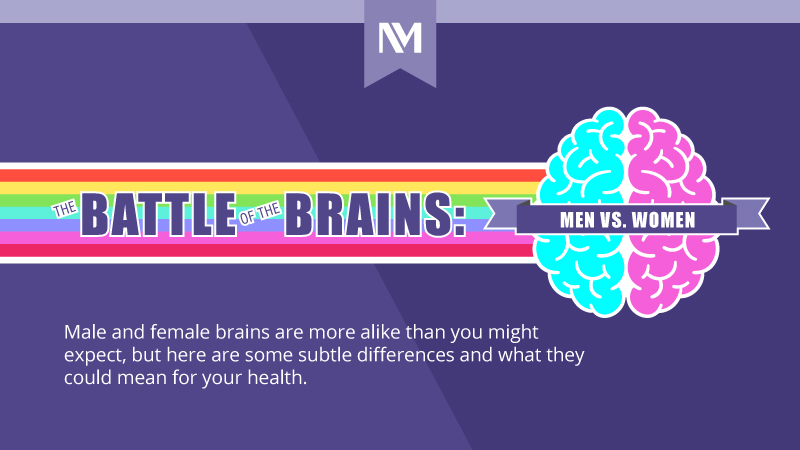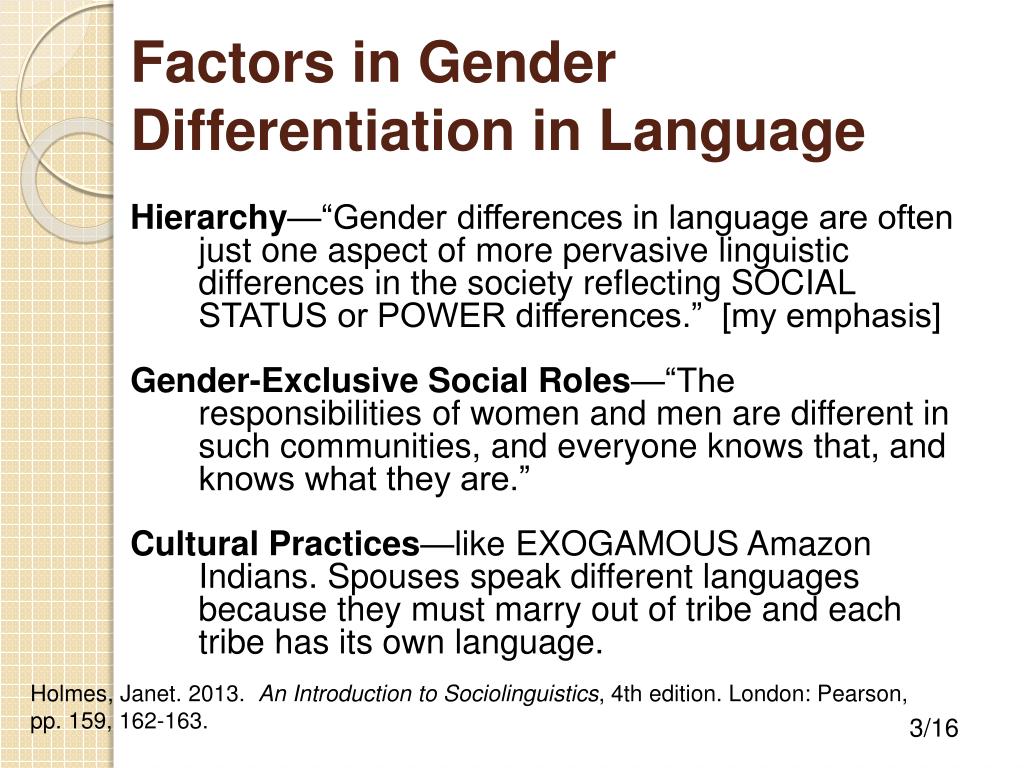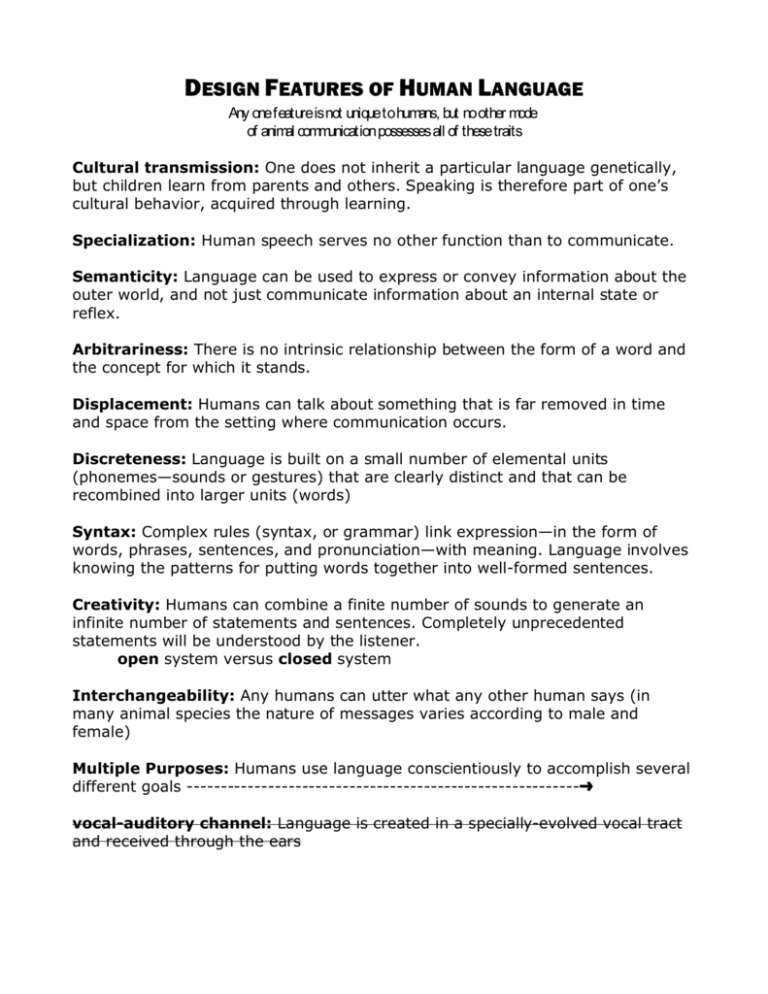Language is a tool that humans use to communicate with each other, and it plays a crucial role in shaping our social interactions and relationships. While all humans use language to some degree, research has shown that there are significant differences in the way that men and women use language. These differences can be seen in a variety of areas, including word choice, tone, and body language.
One way that men and women use language differently is in their choice of words. Studies have shown that men tend to use more assertive language, often using words that convey power and dominance. For example, men are more likely to use words like "I," "me," and "my," which emphasize their own authority and agency. In contrast, women tend to use more cooperative language, using words like "we" and "our" to indicate collaboration and inclusivity.
Another difference in the way that men and women use language is in their tone of voice. Men tend to speak in a more confident and assertive tone, while women tend to use a softer and more tentative tone. This difference in tone can be seen in both verbal and nonverbal communication, such as body language and facial expressions.
Body language is also an important aspect of communication, and men and women tend to use it differently. Men tend to use more dominant body language, taking up more space and making more direct eye contact. Women, on the other hand, tend to use more submissive body language, with less eye contact and more subdued gestures.
There are many potential explanations for these differences in the way that men and women use language. Some experts believe that these differences are rooted in socialization and cultural expectations, with men being taught to be more assertive and dominant, and women being taught to be more cooperative and submissive. Others argue that these differences may be biologically based, with men and women having different neural pathways for language processing and communication.
Regardless of the cause, it is clear that men and women use language differently, and these differences can have significant consequences for their social interactions and relationships. By understanding these differences, we can work to bridge the gap between men and women and promote more effective and positive communication.








